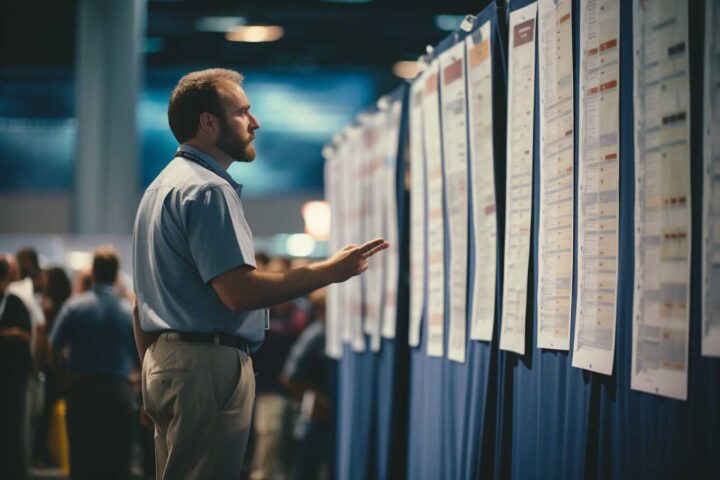TLDR:
– Researchers have developed an artificial intelligence (AI) system that can generate 3D models of objects and scenes just by analyzing 2D images.
– The system, called DIB-R, uses an autoregressive model and a discriminative model to learn the relationship between 2D images and their 3D structure.
Researchers at the University of California, Berkeley, have developed an artificial intelligence (AI) system that can generate 3D models of objects and scenes just by analyzing 2D images. The system, called DIB-R, uses an autoregressive model and a discriminative model to learn the relationship between 2D images and their 3D structure.
The ability to generate accurate 3D models from 2D images has long been a challenge in the field of computer vision. Traditional methods relied on manually collecting large datasets of 3D objects, which is a time-consuming and expensive process. This new AI system, however, can generate 3D models without any prior knowledge of the objects it is analyzing.
One of the key components of the DIB-R system is an autoregressive model, which predicts the 3D structure of an object by considering its relationship with the surrounding pixels in a 2D image. The researchers trained this model on a large dataset of 2D images paired with their corresponding 3D models, allowing it to learn the mapping between the two.
The discriminative model, on the other hand, is used to refine the predictions made by the autoregressive model. It learns to differentiate between realistic and unrealistic 3D models and provides feedback to improve the overall accuracy of the system. By iteratively refining the predictions, the system is able to generate increasingly realistic 3D models.
One of the notable aspects of DIB-R is its ability to generate 3D models of scenes, rather than just individual objects. By analyzing multiple 2D images of a scene, the system can reconstruct the 3D structure of the entire environment. This has potential applications in fields such as robotics, virtual reality, and autonomous vehicles.
The researchers conducted experiments to evaluate the performance of DIB-R on various datasets, including images of indoor scenes and objects. The results showed that the system is capable of generating highly accurate 3D models, surpassing the performance of existing methods.
The development of this AI system is a significant step forward in the field of computer vision. By enabling the generation of 3D models from 2D images, it eliminates the need for time-consuming and expensive manual data collection and opens up new possibilities for applications in various industries. As the system continues to improve and evolve, we can expect to see even more impressive results and applications in the future.









